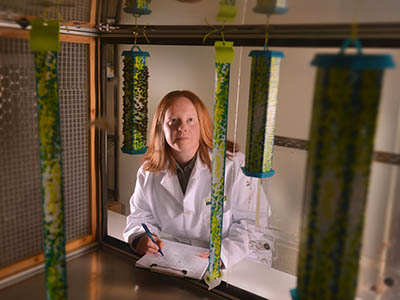 With our VisiLure® product line, you notice right away the attractive appearance that's different from other sticky traps. But there’s more to them than meets the eye.
With our VisiLure® product line, you notice right away the attractive appearance that's different from other sticky traps. But there’s more to them than meets the eye.
The “more” is science.
The effectiveness of most sticky traps is dependent on being in the insects' flight pattern. A handful of other sticky traps use pheromones to attract the bugs. But several years ago, our scientists set about finding a way to make these traps work better by luring insects with visual cues.
Upon adding an electro-retinogram (ERG) device to our insect research lab, they came up with VisiLure® technology.
Up until 2013, RESCUE! traps used scent-based attractants – either pheromones or feeding scents – to draw insects. We developed these attractants by using an Electroantennagraphic detector (EAD) to measure insects' antennal responses to different smells.
Now, with the ability to scan insect retinas using the ERG machine, we can create adhesive-based traps that lure bugs with sight, rather than scent.
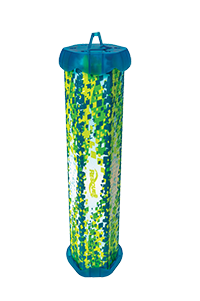 The first RESCUE! product to employ this VisiLure® technology was the TrapStik® for Flies.
The first RESCUE! product to employ this VisiLure® technology was the TrapStik® for Flies.
Using the ERG, RESCUE! scientists measured photoreceptor responses in houseflies’ retinas to different wavelengths of visual stimuli. This allowed them to identify the most attractive colors and intensities. Further lab testing and experiments in the field indicated that the color patterns and contrasts mimicking the natural visual characteristics of flies were most appealing.
Flies have large compound eyes that don’t focus, so they see everything as a blurry image. The 3-D pattern and colors on our TrapStik® present an image on which the flies can better focus.
Rounding out our TrapStik® line are the TrapStik® for Wasps, Hornets & Carpenter Bees, and our TrapStik® for Biting Flies.
The science of visual attraction makes them work like no other sticky traps... they're simply eye-catching!
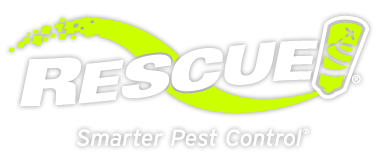

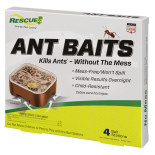 Ant Baits
Ant Baits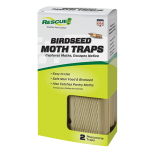 Birdseed Moth Trap
Birdseed Moth Trap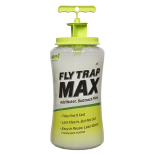 Fly Trap Max
Fly Trap Max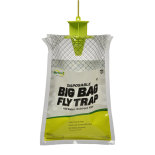 Fly Trap, Big Bag
Fly Trap, Big Bag 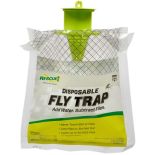 Fly Trap, Disposable
Fly Trap, Disposable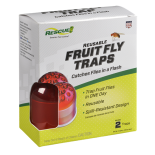 Fly Trap, Fruit Fly
Fly Trap, Fruit Fly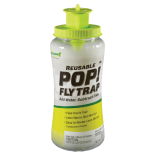 Fly Trap, POP! Fly
Fly Trap, POP! Fly 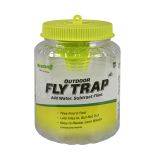 Fly Trap, Reusable
Fly Trap, Reusable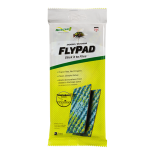 FlyPad
FlyPad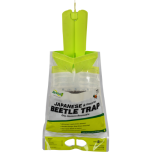 Japanese & Oriental Beetle Trap
Japanese & Oriental Beetle Trap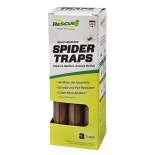 Spider Trap
Spider Trap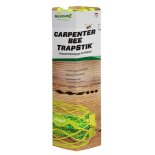 TrapStik, Carpenter Bee
TrapStik, Carpenter Bee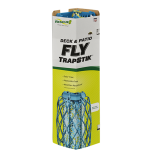 TrapStik, Deck & Patio Fly
TrapStik, Deck & Patio Fly 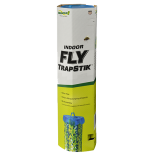 TrapStik, Indoor Fly
TrapStik, Indoor Fly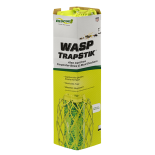 TrapStik, Wasp
TrapStik, Wasp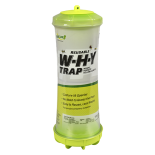 W·H·Y Trap for Wasps, Hornets & Yellowjackets
W·H·Y Trap for Wasps, Hornets & Yellowjackets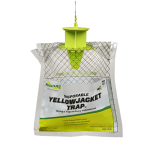 Yellowjacket Trap, Disposable
Yellowjacket Trap, Disposable 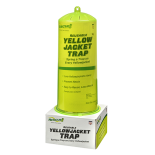 Yellowjacket Trap, Reusable
Yellowjacket Trap, Reusable 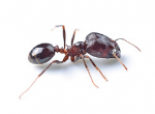 Ants
Ants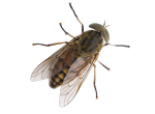 Biting Flies
Biting Flies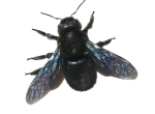 Carpenter Bees
Carpenter Bees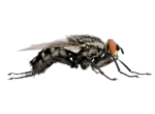 Flies
Flies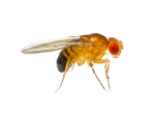 Fruit Flies
Fruit Flies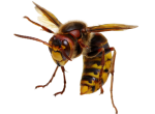 Hornets
Hornets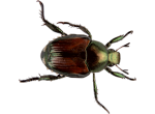 Japanese Beetles
Japanese Beetles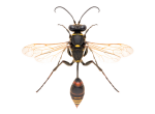 Mud Daubers
Mud Daubers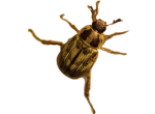 Oriental Beetles
Oriental Beetles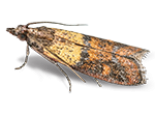 Birdseed & Pantry Moths
Birdseed & Pantry Moths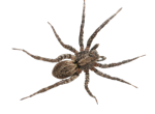 Spiders
Spiders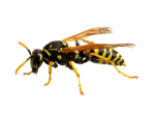 Wasps
Wasps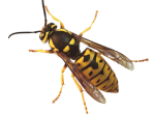 Yellowjackets
Yellowjackets